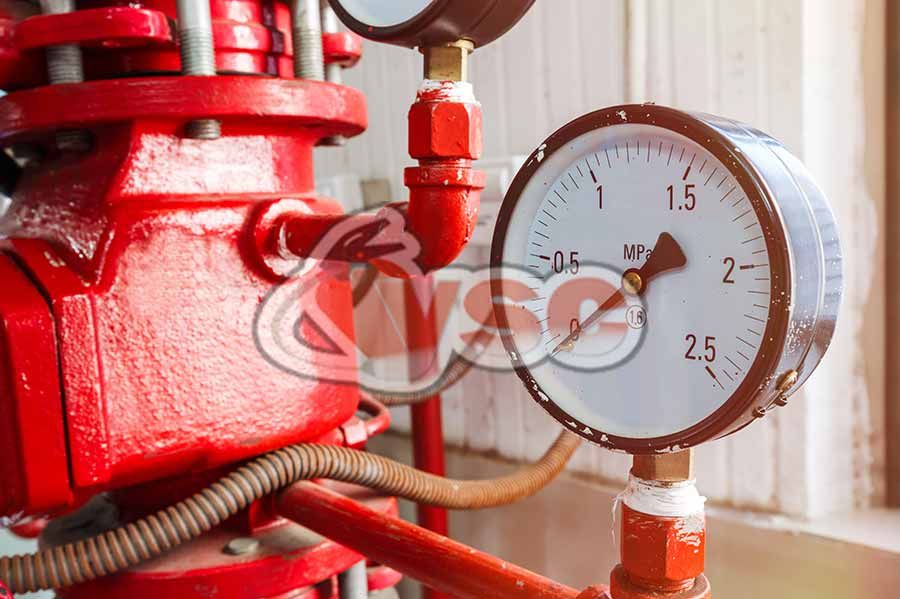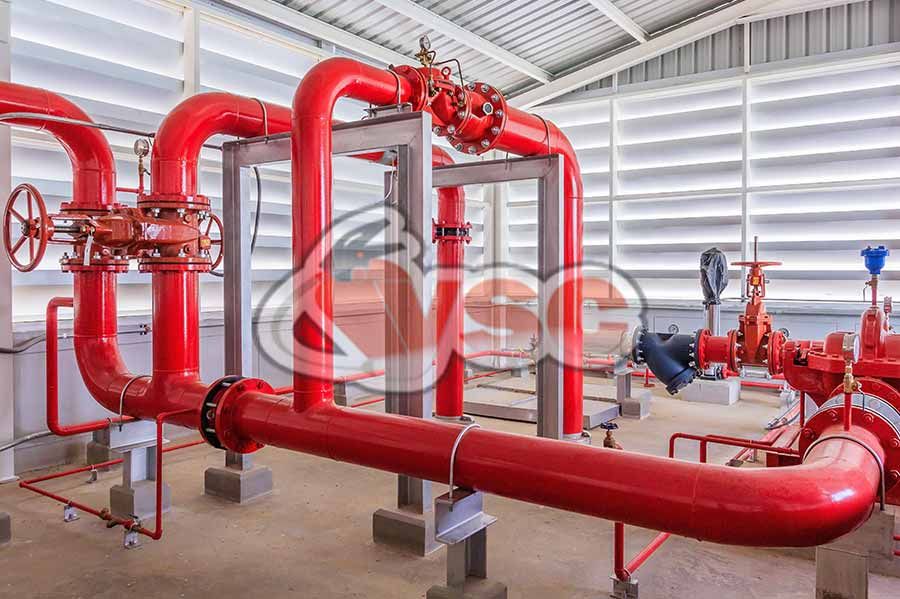Fire Pump
The fire pump is one of the most important fire-fighting tools that plays an important role in ensuring the safety of life and property in emergency situations and ensures that water comes to the system at a certain pressure. It is a vital component of fire protection systems that ensures the delivery of water at the necessary pressure to effectively fight fire. It is important for users, other than technical personnel, to know how the fire pump works, the relevant basic components and the fire pump operating principle.
The fire pump plays a vital role in ensuring the effectiveness of firefighting efforts and investing in a reliable system is crucial. Considering the factors mentioned above, making informed decisions when choosing the right fire pump for your specific needs and budget is the best first step.
While choosing fire pumps today, the benefit of choosing pump brands that perform their functions in the best way is of course important; It should not be overlooked that the technical company that will perform the installation must be experienced.

How Does a Fire Pump Work?
Fire pumps are special devices designed to increase water pressure and flow to extinguish fire. They work by taking water from a reliable source, such as a private water tank, municipal water pipes or reservoir, and pressurizing it so that it can reach the desired location in case of fire. Details about how fire pumps work will also reveal what to do in case of possible malfunctions.
- Water Source: The fire pump is typically connected to a water source, which may be a dedicated fire water storage tank, a natural body of water, or a municipal water supply. The source must be reliable and have an adequate water supply to ensure a constant flow.
- Inlet Valve: Water is first drawn into the fire pump through an inlet valve. This valve regulates the flow of water into the pump and prevents backflow.
- Pump Group: The heart of the fire pump is a motor or pump group consisting of the motor and the pump itself. The engine provides the power necessary to operate the pump.
- Impeller and Casing: Inside the pump, the impeller, a rotating component with curved blades, produces the required pressure. As the impeller rotates, it pushes the water against the housing, which is designed to increase the pressure of the water.
- Relief Valve: Once pressurized, water exits the fire pump through a relief valve that controls the flow rate and maintains the pressure.
- Pipe and Hose Connections: High pressure water is then transported through a network of pipes and hoses to the fire suppression system such as sprinkler systems, hoses or standpipes.
- Activation: Fire pumps can be manually activated or, more commonly, automatically activated when the fire protection system detects a fire through heat or smoke sensors.

Factors Affecting Fire Pump Prices
There are various factors that can affect fire pump prices. Pump brand, type, capacity, flow rate, horsepower, material used in manufacturing, and the certificate it has play a role in determining fire pump prices.
- There are different types of fire pumps, including centrifugal and positive displacement pumps. Centrifugal pumps are more commonly used and are generally more cost-effective than positive displacement pumps.
- The required capacity and flow rate of the fire pump significantly affects its cost. Larger capacity pumps that can deliver higher flow rates will be more expensive.
- The power of the pump motor or motor, measured in horsepower (HP), is an important cost factor. Pumps with higher HP can move larger volumes of water and command a higher price.
- The materials used in the construction of the pump can affect its cost. High-quality, corrosion-resistant materials may increase the price but offer better durability.
- Fire pumps must meet certain standards and certifications to ensure their reliability in emergency situations. Pumps that meet more stringent standards may command higher prices.
- The complexity of the installation process may affect costs. Underground or submerged fire pump installations may require more resources and expertise.
- Consider the long-term costs associated with maintenance and service contracts to ensure your fire pump remains reliable and functional.
- Local building codes and codes may affect the design and installation of fire pumps, resulting in additional costs to meet compliance requirements.
- Established brands known for their quality and reliability often charge higher prices. While this may result in a larger initial investment, it can pay off in long-term reliability.



